#trichosurus vulpecula
Explore tagged Tumblr posts
Text

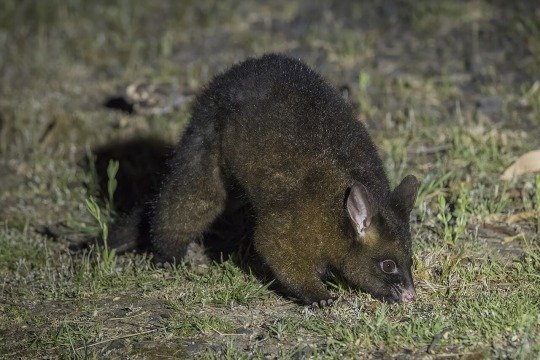
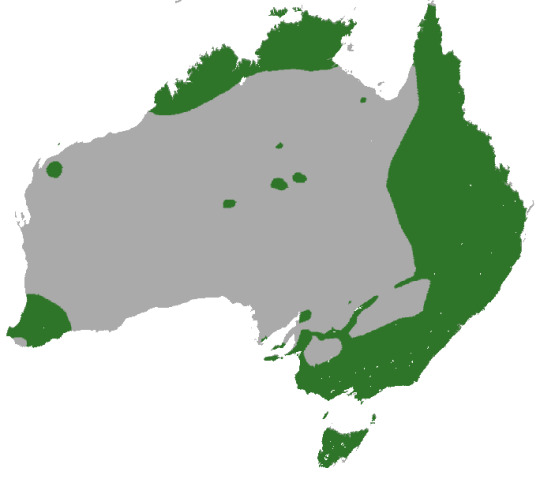
#poll#Class: Mammalia#Order: Diprotodontia#Family: Phalangeridae#Genus: Trichosurus#Trichosurus Vulpecula#Range: Australasian
35 notes
·
View notes
Text

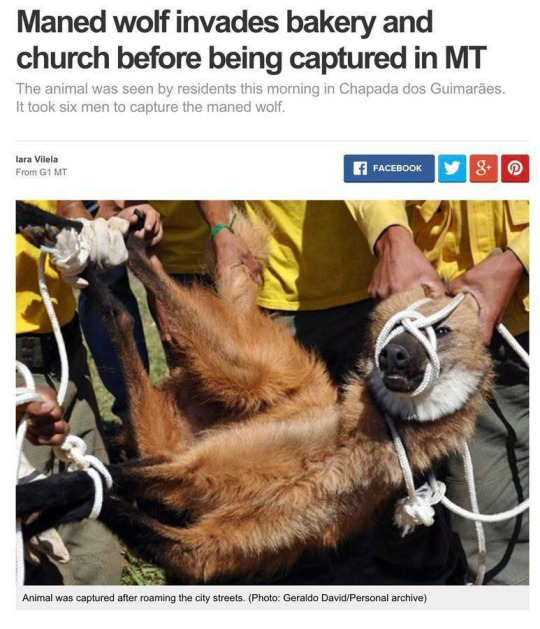
I need a heist movie featuring these two.
#maned wolves pose little threat to people btw. They eat small animals like mice n lizards.#maned wolf#canidae#canid#carnivora#placental#common brushtail possum#marsupial#trichosurus vulpecula#trichosurus#possum#phalangerid#diprotodont#mammal#vertebrates#animals#cute animals#thievery#gnome energy#bakery#sweets#australia#brazil#southern hemishphere#pastries#hiest#hiest movie#movie idea
13 notes
·
View notes
Text
daily? animal? 5: brushtail
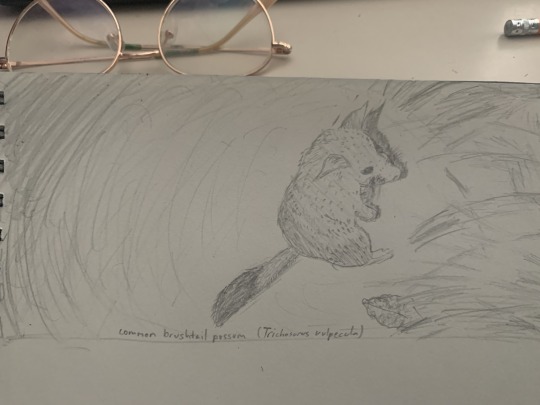
probably a common brushtail. idk tho ::3
#my art#sketch#possum#brushtail possum#trichosurus vulpecula#im such a fool i posted this and forgot the goddamn image#animal#daily? animal?#this one isnt a wikimedia commons pic but i know the photographer so#amy if u find this and want to nuke this from orbit bc im infringing on ur copied rights lmk lmfao#i love doing these ik they dont get engagement but im not here to engage im here to#fuck it and ball
2 notes
·
View notes
Text

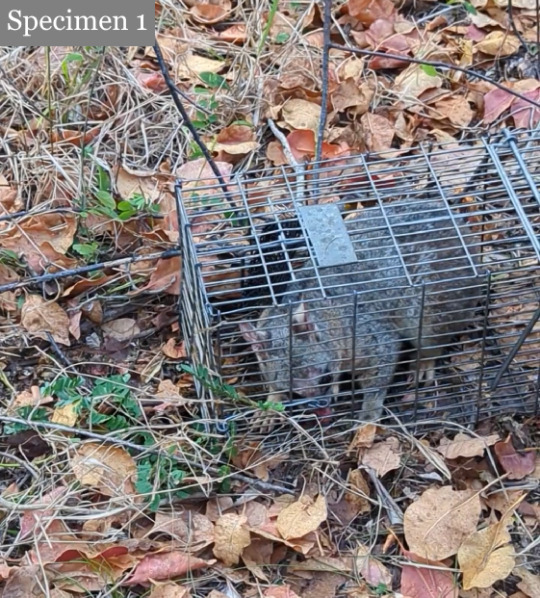
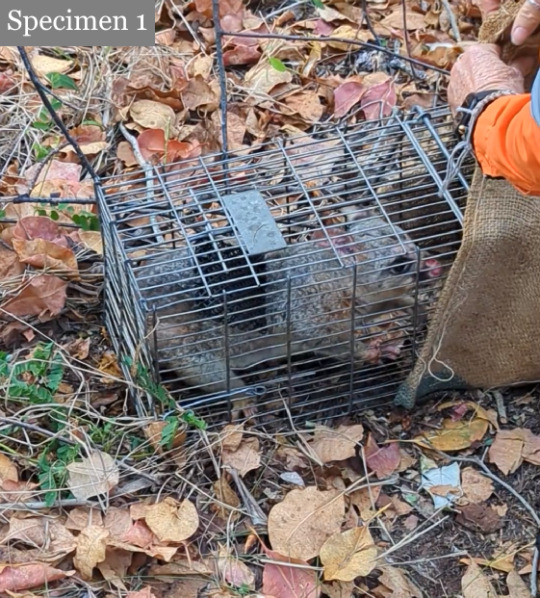
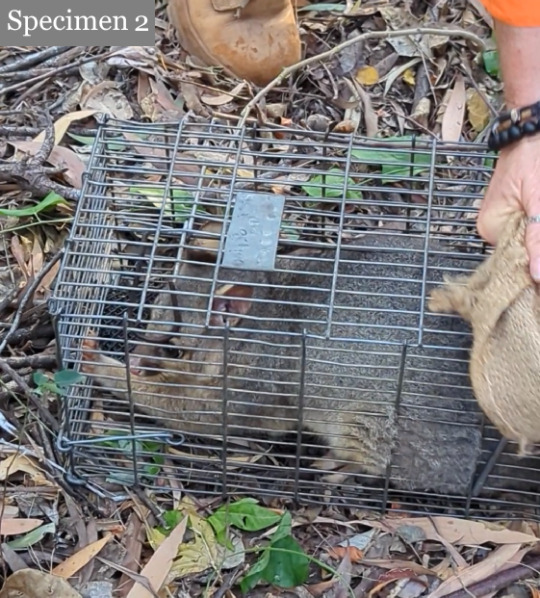
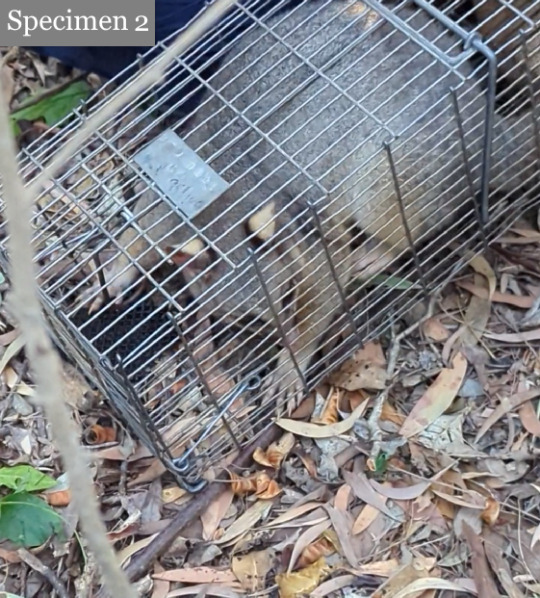
Brushtail possums caught as part of the Woppa survey assessment. Both female, the first specimen looked like it had spent about a year on its own. The second specimen was much older.
*Animals were unharmed, and released upon capture
12/09/23 - Trichosurus vulpecula
QLD:CQC, Woppa (Great Keppel Island), dry woodland
#Chordates#Chordata#Trichosurus vulpecula#Common Brushtail Possum#Brushtail Possums#Marsupials#Marsupialia#Mammalia#Mammals#Vertebrata#Vertebrates#possums
8 notes
·
View notes
Text


#australian wildlife#invasive in new zealand#brushtail possum#common brushtail possum#mammalia#mammal#mammals#marsupial#marsupialia#diprotodontia#phalangeridae#possum#animal polls#poll blog#my polls#animals#polls#tumblr polls
71 notes
·
View notes
Text

Sometimes photographing wildlife requires a long lens. Sometimes a 35mm macro is fine.
Brushtail possum, Trichosurus vulpecula.
Sky Edwards
2023
Canon R7
Canon EF 35mm macro IS STM
#possums#marsupials#western australia#australian wildlife#marsupial photography#wildlife photography#mammal photography#mammals#cute#donnelly river#macro
28 notes
·
View notes
Text
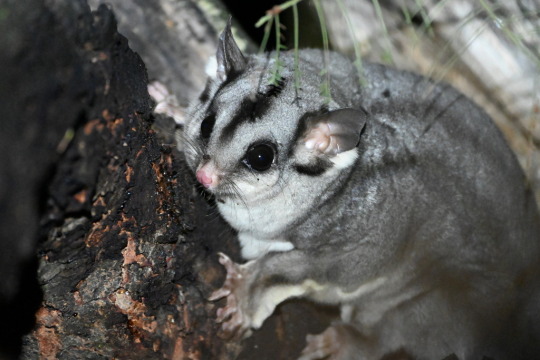

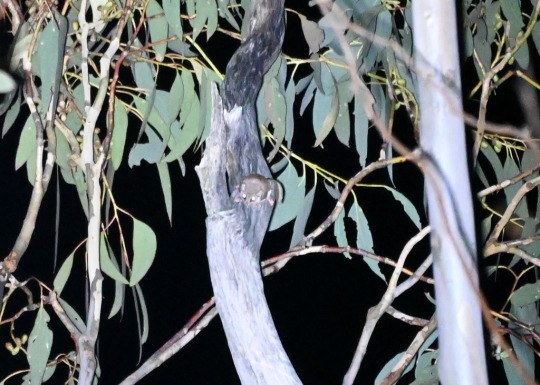
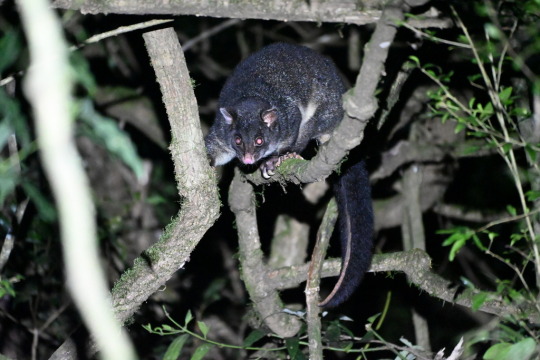
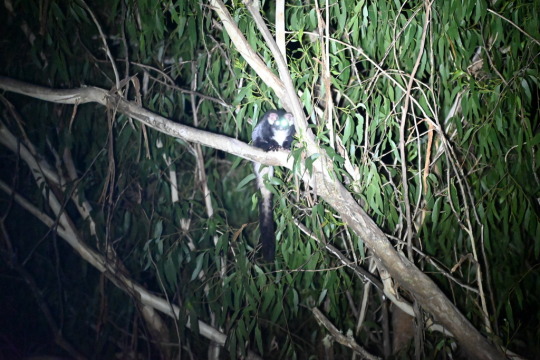

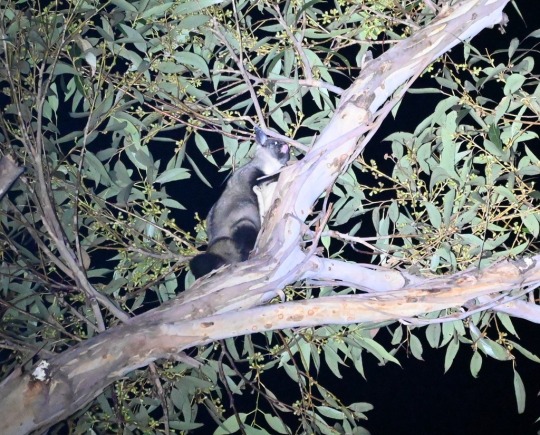

A collection of possum species from my June 2023 roadtrip through NSW, the ACT and south-east Queensland
Krefft's Glider (Petaurus notatus) - Black Mountain Nature Reserve, ACT
Common Brushtail Possum (Trichosurus vulpecula) - Cotter Campground, ACT
Broad-toed Feathertail Glider (Acrobates frontalis) - Warrumbungle National Park, NSW
Short-eared Brushtail Possum (Trichosurus caninus) - Lamington National Park, QLD
Southern Greater Glider (Petauroides volans) - Barrington Tops National Park, NSW
Common Ringtail Possum (Pseudocheirus peregrinus) - Myall Lakes National Park, NSW
Yellow-bellied Glider (Petaurus australis) - Murramarang National Park, NSW
Sugar Glider (Petaurus breviceps) - Murramarang National Park, NSW
#australian wildlife#wildlife#wildlife photography#mammals#marsupial#marsupials#possum#possums#glider#gliders#mammalwatching#my stuff
32 notes
·
View notes
Text
Possum Problems? Here’s How to Keep Your Home Possum-Free Legally
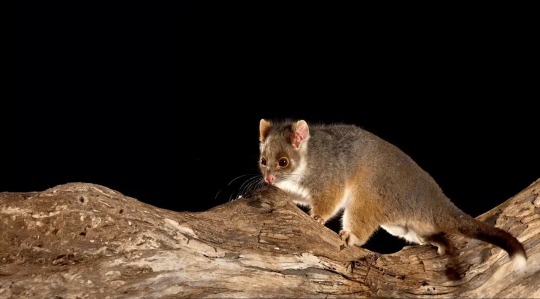
Possums are a unique part of Australia’s wildlife, essential to the ecosystem. However, when they invade homes, they can cause property damage, noise disturbances, and health concerns. Because possums are protected under Australian law, homeowners must take legal and humane steps to manage and prevent possum infestations.
This guide will explore the best legal methods for keeping your home possum-free while ensuring the ethical treatment of these native animals.
Understanding Possum Behavior
Possums are nocturnal marsupials that seek shelter in tree hollows, but as urban expansion continues, they often turn to residential roofs, attics, and sheds for shelter. The most common possum species that invade homes include:
Common Brushtail Possum (Trichosurus vulpecula) – A larger species known for its adaptability to urban environments.
Common Ringtail Possum (Pseudocheirus peregrinus) – A smaller possum that prefers nesting in dense foliage but can enter roof spaces.
Possums are territorial, meaning if one finds a way into your roof or backyard, it is likely to stay unless properly removed and deterred. They are also highly adaptable and can learn to avoid certain deterrents over time, making it necessary to use a combination of methods to keep them away.
Signs of a Possum Infestation
Homeowners dealing with possums may notice the following:
Loud scratching, thumping, and scurrying noises at night.
Droppings or urine stains in the attic or near entry points.
Chewed electrical wiring, insulation, or wooden structures.
Disturbed gardens with stripped trees and missing fruits or flowers.
An unpleasant musky odour caused by possum scent marking.
If you notice these signs, acting quickly to prevent further damage while following legal guidelines is important.
Legal Ways to Remove Possums from Your Property
Because possums are protected under the Wildlife Act 1975, it is illegal to harm, kill, or relocate them beyond a 50-meter radius from where they were captured. Homeowners must follow these steps to remove possums legally:
1. Identify and Seal Entry Points
Possums enter homes through gaps in roofs, vents, eaves, and broken tiles. Conduct a thorough inspection of your property and:
Seal any openings with sturdy materials like wire mesh or timber.
Repair any loose roof tiles, soffits, or holes that could serve as entry points.
Before sealing an entry point, check for existing possums to avoid trapping them inside.
2. Use a Licensed Possum Removal Expert
Hiring a licensed possum removal specialist is the safest and most legal option if you have a possum on your roof or attic. Professionals will:
Capture the possum using government-approved cage traps that minimize stress.
As the law requires, the possum should be released within 50 meters of the capture site.
Provide advice on securing entry points to prevent re-entry.
Conduct follow-up inspections to ensure no new possums take over the space.
3. Install Possum Nesting Boxes
Possums invade homes due to a lack of natural nesting sites. Providing an alternative shelter can encourage them to move away from your property. Install a possum nesting box in a nearby tree, making it an attractive and legal solution to redirect possums from your roof.
4. Apply Natural Deterrents
Several non-harmful deterrents can discourage possums from returning, such as:
Strong scents – Possums dislike the smell of garlic, peppermint oil, and camphor. Soak cotton balls in these substances and place them around entry points.
Motion-activated lights or sprinklers – Sudden light or water spray can startle possums and make your home less appealing.
Ultrasonic-repellent devices emit high-frequency sounds that deter possums but are harmless to pets and humans.
Commercial possum deterrent sprays contain natural ingredients designed to keep possums away from specific areas.
5. Maintain Your Garden to Deter Possums
Possums are attracted to food sources in gardens, including fruit trees, vegetables, and flowers. To reduce their presence:
Secure garbage bins with tight-fitting lids to prevent scavenging.
Harvest ripe fruits promptly to avoid attracting possums.
Trim overhanging tree branches to prevent easy access to roofs.
Use netting on vegetable gardens and fruit trees to keep possums away.
Plant possum-repelling plants such as mint, geraniums, or chrysanthemums.
What NOT to Do When Dealing with Possums
Do not attempt to relocate possums more than 50 meters away. This is illegal and can distress the possum.
Do not use poisons or traps that could harm possums – These actions carry heavy penalties.
Do not block an entry point without confirming that the possum is out. Trapped possums can die inside your roof, creating further issues.
Do not ignore a possum problem – If left unchecked, possums can establish a long-term nesting site in your home.
Why Professional Possum Removal Services Are the Best Option
Handling possums legally and humanely requires expertise; this is where professional possum removal services come in. Benefits of hiring a licensed possum expert include:
Safe and humane capture methods that comply with wildlife laws.
Thorough inspections to identify and seal potential entry points.
Long-term deterrent solutions that prevent re-infestations.
Expert advice on keeping your home possum-free while respecting local wildlife regulations.
Preventative maintenance plans to ensure possums do not return in the future.
Choosing the Right Possum Removal Service
When selecting a professional possum removal service, look for:
Licensed and certified experts familiar with local wildlife laws.
Positive customer reviews and references to ensure reliability.
Humane and ethical removal techniques that align with legal guidelines.
Comprehensive follow-up support to prevent recurring issues.
Conclusion
Possums can be persistent invaders, but with the right legal strategies, you can keep your home possum-free while ensuring their safety. Sealing entry points, providing alternative nesting sites, using deterrents, and seeking professional removal services are all effective ways to manage possum problems without breaking the law.
By taking humane and legal action, homeowners can coexist peacefully with these fascinating creatures while securing their homes. If you need professional assistance, always rely on a licensed possum removal expert to handle the situation correctly and ethically.
Implementing these strategies will protect your home and contribute to the conservation of Australian wildlife by providing alternative shelter and minimizing human-wildlife conflicts. With the right balance of deterrence and ethical treatment, you can enjoy a possum-free home while respecting nature.
2 notes
·
View notes
Text
W sprawie rzekomych oposów
Muszę się przyznać, że od roku oszukuję czytelników twierdząc, jakoby w Nowej Zelandii panoszyły się oposy. Nie jest to prawda i odszczekuję te słowa, a wszystkie wcześniejsze wzmianki o rzekomych oposach zamieniłem już na właściwe.
Nowa Zelandia walczy za to z plagą kitanek lisich, zwanych też lisami workowatymi, torbaczami sprowadzonymi w XIX wieku z Australii. W ciągu stu lat rozprzestrzeniły się one na całym obszarze wysp Północnej, Południowej i Stewarta, z wyjątkiem terenów wysokogórskich. Pod nieobecność naturalnych drapieżników mogących kontrolować ich liczbę, jedynym czynnikiem ograniczającym jest dla nich dostępność pożywienia — a te znalazły w postaci liści rodzimych gatunków drzew. Jej łupem padły głównie northern rata (metrosideros robusta), endemiczne nowozelandzkie drzewa-dusiciele, będące obecnie gatunkiem zagrożonym.
Pisałem wcześniej o pułapkach na te zwierzęta i próbach ograniczenia liczebności ich populacji. Odławia je nie tylko Department of Conservation, ale indywidualni myśliwi (na skóry) oraz farmerzy. Ci ostatni przede wszystkim dlatego, że kitanki przenoszą wirusa gruźlicy bydlęcej i w związku z tym zagrażają zdrowiu stad.
Kitanka lisia (łac. Trichosurus vulpecula) to po angielsku possum, i jak wspomniałem, pochodzi z Australii. Opos zaś to po angielsku opossum i pochodzi z Ameryki. Żeby jeszcze bardziej zamieszać, to w USA czasem mówią na lokalne oposy: possum, ale to na pewno nie te australijsko-nowozelandzkie. Stąd też moja pomyłka.
Niestety nie mam własnego zdjęcia kitanki. Jest to zwierzę nocne, a rzadko w nocy bywam w lesie. A jak bywam, to i tak niewiele widzę; posłużę się więc zdjęciem z Wikipedii.

Kitanka lisia, CC-BY-SA-2.5, J.J. Harrison, Wikipedia
3 notes
·
View notes
Text
If I share a morbid memory of my youth, you guys can't be mad at me:
In new zealand, one of the biggest threats to our native wildlife are possums (Trichosurus vulpecula). In rural communities there are often big pushes to try to eradicate them. At my small rural primary school, we would have possum hunting competitions. You would have a month to catch as many possums as you possibly could (via hunting, trapping etc), and there would be prizes for the most caught. There were also bonus prizes for the heaviest, and for (this is the morbid part) the farthest possum fling. This is pretty much exactly what it sounds like.
After the competition, a local would skin them and sell the fur, then the funds would be put back into benefiting the school.
I know people tend to care about mammals more than insects, so the idea of this might be upsetting to some, but they truly are such a blight to our native flora and fauna.
Anyway, fuck invasive species!

91K notes
·
View notes
Text
100-Foot 'Walking Tree' In New Zealand Looks Like An Ent from Lord Of The Rings — And Is The Lone Survivor Of A Lost Forest
An Unusual Northern Rātā Tree that looks like it is striding across an empty field has been Crowned New Zealand's Tree of the Year. The Giant Plant, which looks strikingly similar to an Ent from "The Lord of the Rings," is Centuries old.
— By Harry Baker | June 5, 2024
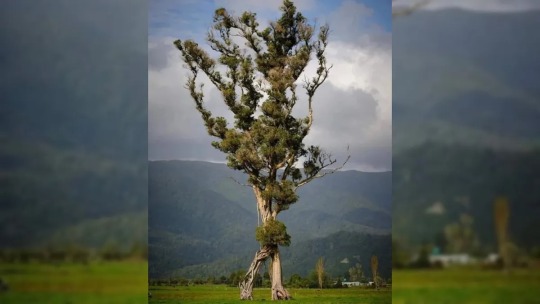
The "Walking Tree" is a Northern Rātā (Metrosideros Robusta). It is more than 100 Feet Tall and at least 150 Years Old. Image Credit: Gareth Andrews
A bizarre, giant tree with a pair of leg-like trunks looks like an Ent from "The Lord of the Rings" — and it has just been crowned New Zealand's Tree of the Year after strolling past the rest of the competition.
The strange tree, which has been nicknamed the "Walking Tree" because it looks like it's striding across a field, is a northern rātā (Metrosideros robusta) — one of New Zealand's tallest flowering tree species that can live for up to 1,000 years. It's roots and long, arm-like branches make the tree look like an Ent — a fictional race of tree-like creatures that guard the forests of Middle-earth.
The tree stands alone in the middle of a large paddock next to a cemetery near Karamea on the west coast of South Island. It is around 105 Feet (32 Meters) Tall — around the same height as a seven-story building, according to The New Zealand Tree Register.
The walking tree was the clear winner of the 2024 edition of the New Zealand Arboricultural Association's (NZ Arb) Tree of the Year award, walking away with 42% of the public vote, which included five other finalists, according to a statement emailed to Live Science.
"It just strode out into the lead right from the very start," competition organizer Brad Cadwallader told Radio New Zealand.
The walking tree is an "Exceptional Feature" and a "prime example of the remarkable trees that we, as New Zealanders, are fortunate to experience," NZ Arb President Richie Hill said in the statement.

A tall tree with a pair of thick leg-like roots that make it look like the tree is walking. Image Credit: Gareth Andrews
It is unclear exactly how old the walking tree is, but award organizers noted it is the lone survivor of a forest that was cleared around 150 years ago. "The farming family back then clearly thought it was special because they left it," Cadwallader said.
Northern Rātā Trees Are Epiphytes — a type of tree that starts life growing on the surface of a host tree before growing aerial roots that eventually reach the ground. The walking tree likely began life high up in the canopy of its host, living off air and rainwater before reaching the ground. Its unusual root layout was likely caused by how it grew around its host tree, which probably died off centuries ago.
"That host tree has now gone," Cadwallader said. "Maybe the tree was either very, very big, or there may have been another tree that fell and lent against the host tree, and that's why the roots have split near the ground and given it that walking appearance."
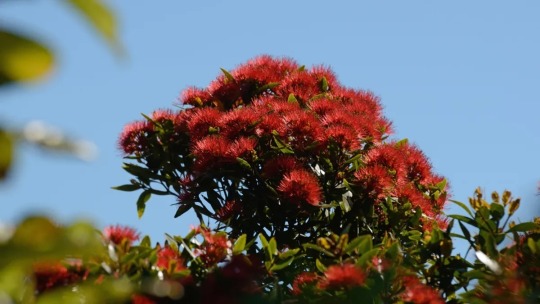
Northern Rātā Trees bloom bright red flowers between November and January. Image Credit: Shutterstock
Northern Rātā Trees are endemic to New Zealand and were once one of the most common species in the country's forests. However, their range has decreased over the last few decades and they are now listed as nationally vulnerable, according to the New Zealand Plant Conservation Network.
In addition to deforestation, the main threats to northern rātā are the invasive common brushtail possums (Trichosurus vulpecula), which destroy the trees by eating their leaves and gnawing at their roots.
The trees are also threatened by hybridization with the closely related Pōhutukawa Trees (Metrosideros Excelsa) and are susceptible to Myrtle Rust (Austropuccinia Psidii) — a Pathogenic Fungi native to South America that was detected in New Zealand for the first time in 2017.
#Planet Earth 🌍#Plants 🌱🪴#The Walking Tree#New Zealand 🇳🇿#The Lone Survivor | Lost Forest#An Ent#New Zealand Plant Conservation Network#Northern Rātā Trees Are Epiphytes#Brad Cadwallader#Exceptional Feature#NZ Arb | President | Richie Hill#Pōhutukawa Trees (Metrosideros Excelsa)#Myrtle Rust (Austropuccinia Psidii) | Pathogenic Fungi#Live Science
0 notes
Text


The common brushtail possum (Trichosurus vulpecula, from the Greek for "furry tailed" and the Latin for "little fox".
Class:Mammalia
Infraclass:Marsupialia
Order:Diprotodontia
Family:Phalangeridae
Genus:Trichosurus
widespread in New Zealand since its introduction in 1850. In New Zealand, possums favour broadleaf-podocarp near farmland pastures.
Ли́сий кузу́, или щёткохвост, или лисовидный поссум, или обыкновенный кузу-лиса — млекопитающее семейства кускусовых.
Kaitarakihi Bay, Huia, Auckland 0604
XHRP+WC8 Auckland
-37.007715, 174.586077
сумчатые наземные ночные млекопитающие.
0 notes
Photo

Common brushtail possum (Trichosurus vulpecula)
Photo by Alan Cressler
#common brushtail possum#brushtail possum#trichosurus vulpecula#trichosurus#trichosurini#phalangerinae#phalangeridae#phalangeroidea#phalangeriformes#diprotodontia#metatheria#mammalia#tetrapoda
16 notes
·
View notes
Photo

Common brushtail possum - Trichosurus vulpecula
Cradle Mountain, Tasmania
Photographer: Charles Davis
#charles davis#photographer#common brushtail possum#possum#trichosurus vulpecula#cradle mountain#tasmania#nature#wildlife
56 notes
·
View notes
Photo

116 notes
·
View notes
Text
In another marsupial, the Common Brushtail Possum (Trichosurus vulpecula), intersexuality or hermaphroditism occasionally occurs: one individual, for example, had male body proportions, coloring, and genitals combined with mammary glands and a pouch.
"Biological Exuberance: Animal Homosexuality and Natural Diversity" - Bruce Bagemihl
#book quote#biological exuberance#bruce bagemihl#nonfiction#marsupial#common brushtail possum#brushtail possum#trichosurus vulpecula#intersex#hermaphroditism#reproductive organs
0 notes